A quick guide to gluten free
Gluten free, a term that is now appearing in more places than ever – thankfully so, for those of us that avoid gluten!
Here, I have compiled some information for you from our team, and some key top tips from registered Nutritional Therapist Alison to help guide you.
Gluten contains a protein called gliadin, which is found in: wheat, barley and rye. These foods needs to be avoided on a gluten free diet.
Oats contain a different protein, so many people can tolerate them. However many oat products can be contaminated with gliadin (due to manufacturing processes), so it’s advisable to buy gluten free oats.
Where is gluten found?
Gluten can be hidden in many foods, such as ready-made sauces, sausages, burgers, gravy, soups, beer, Worcestershire sauce, cakes, biscuits, pastries, some desserts, fish fingers, lager, soya sauce (excluding tamari), couscous (made of wheat), pasta, tortillas (even corn ones), baking powder, corned beef and even some oat cakes so it’s important to read the ingredients carefully.
How do I know if I am sensitive to gluten?
Do you have regular digestive problems, such as very smelly poo, diarrhoea or constipation? These things are normal for us to have every so often, but if they happen regularly it could be a sign that you need to tweak your diet, or can be a sign of a gluten intolerance. People with celiac disease experience inflammation in the small intestine after eating gluten.
You can do a few ‘home tests’ to see what could be effecting your digestion. An elimination plan will help you spot any clear triggers. To check using this method, go ‘gluten free’ for a week. Only eat foods that are free of gluten for one week, and track your symptoms. Click here to download our handy tracker tool.
[pdf-embedder url=”https://www.inside-out-health.com/wp-content/uploads/2021/04/Gluten-Symptom-Tracker.pdf” title=”Gluten Symptom Tracker”]We also offer Food Intolerance Testing with our partner laboratory Cambridge Nutritional Science. Click here for more details on the home kits we offer.
What can I eat?
There are plenty of foods that you can enjoy which are gluten free including alternatives to your favourite staple foods, easy swaps for every meal!

Quinoa
A protein rich member of the amaranth family, can be served hot or cold and is great in salads!
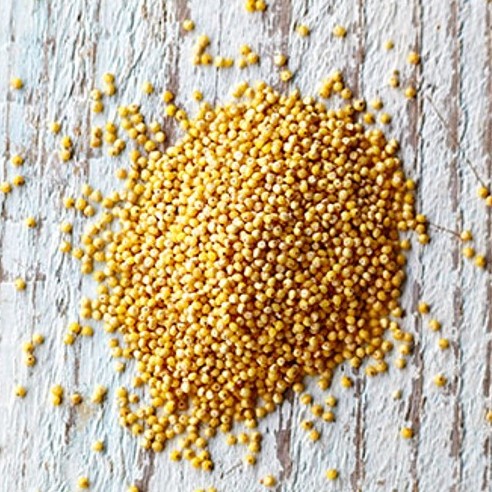
Millet
An ancient seed, originally hailing from Africa and northern China. It remains a staple in the diets of about a third of the world's population.
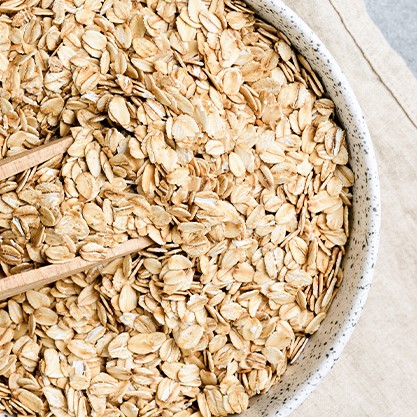
Oats
Oats (if you can tolerate them) an adaptable source of slow release energy, perfect for breakfast!
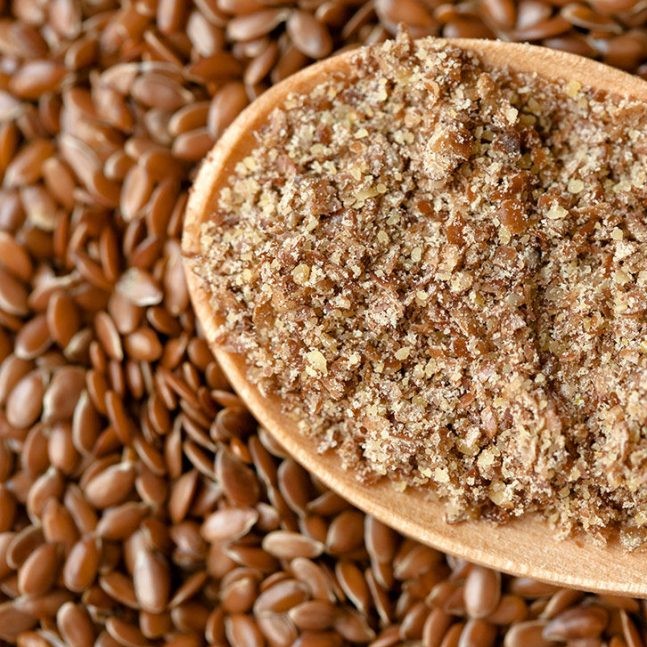
Flaxseed
Though tiny, linseed (or flaxseed) are rich in the omega-3 fatty acid ALA, lignans and fibre, all of which have been shown to have many potential health benefits.
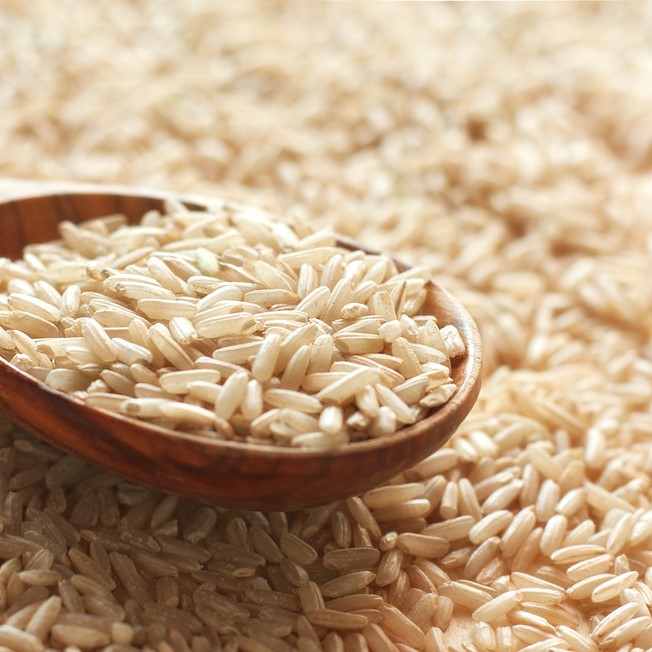
Rice
Rice is the seed of the grass species Oryza Sativa. Choose wholegrain basmati or brown rice for mealtimes.

Corn
Corn is a whole grain if the bran, germ, and endosperm are all left intact. Polenta is a favourite here in store!
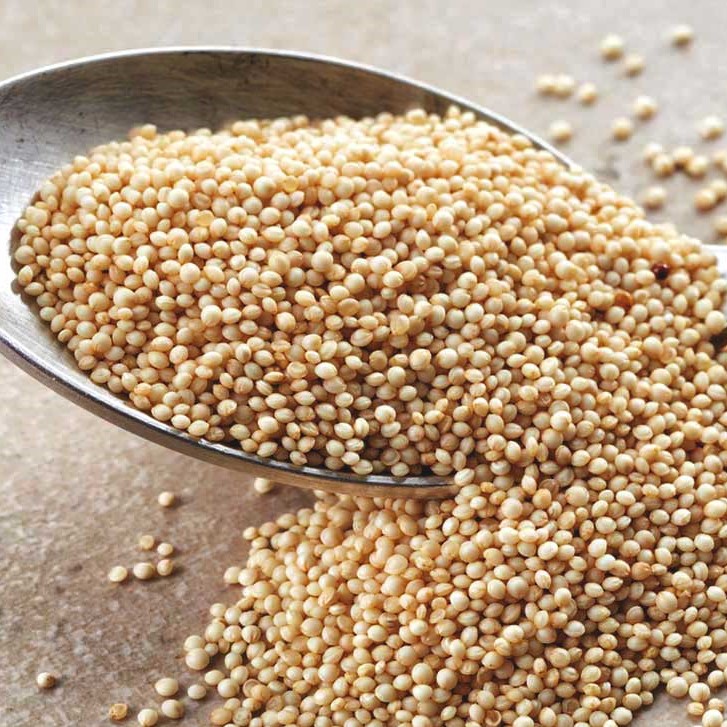
Amaranth
A nutritious grain that provides fibre, protein and micronutrients. Associated with health benefits including reduced inflammation, lower cholesterol levels and increased weight loss.

Buckwheat
Buckwheat is mainly composed of carbohydrate and boasts a good amount of protein, fibre and resistant starch, which may improve digestive health.
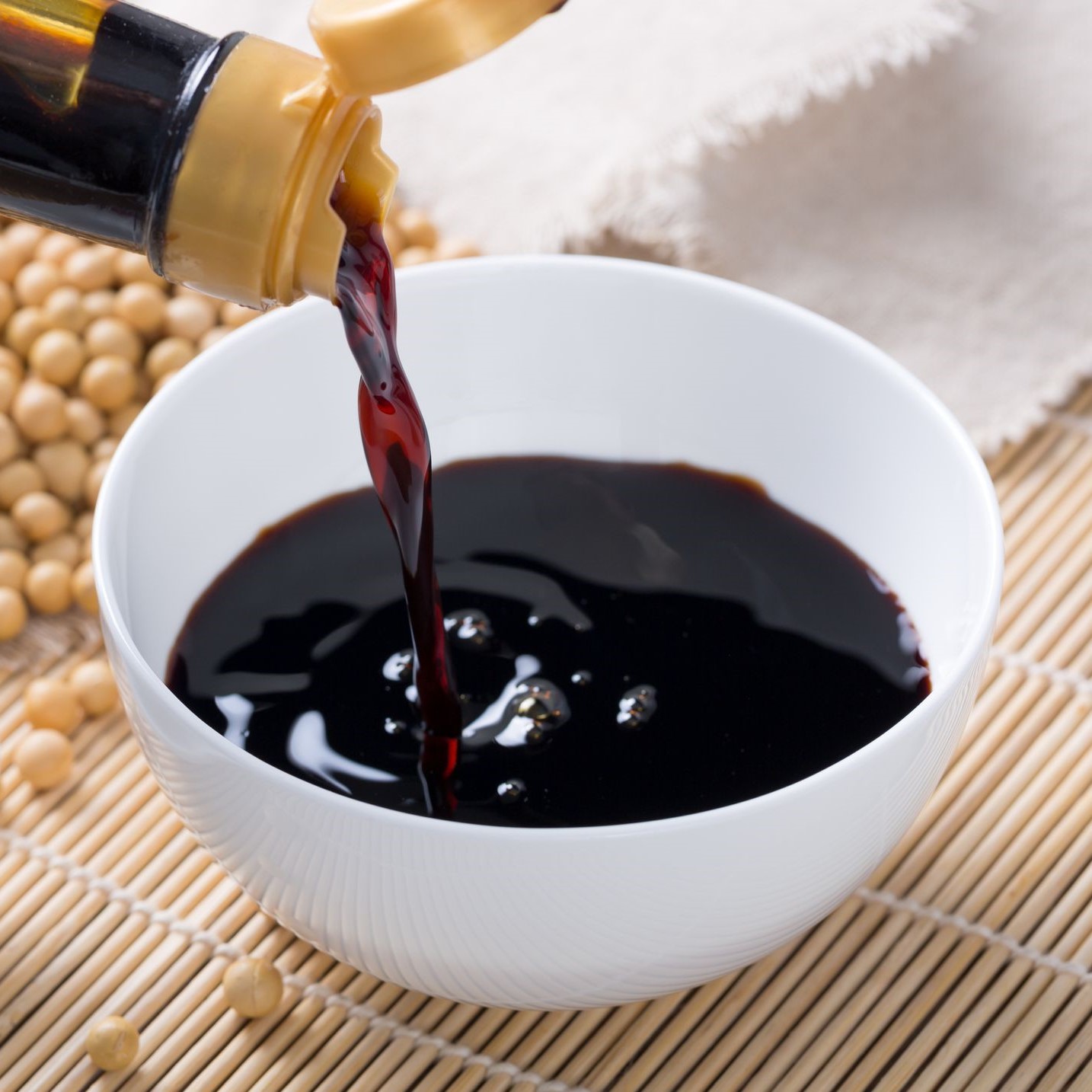
Tamari
Tamari is a Japanese and gluten-free version of soy sauce. Tamari usually looks darker and has a richer, less salty taste than soy sauce

Multi-grain bread
Gluten Free multigrain bread is a great alternative, we love Schnitzer baguettes and loaves!
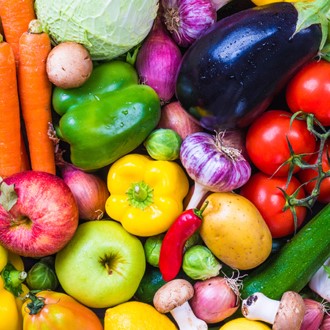
Vegetables
Fresh fruit and veg are naturally gluten-free, however avoid premade smoothies and blends as they may contain gluten
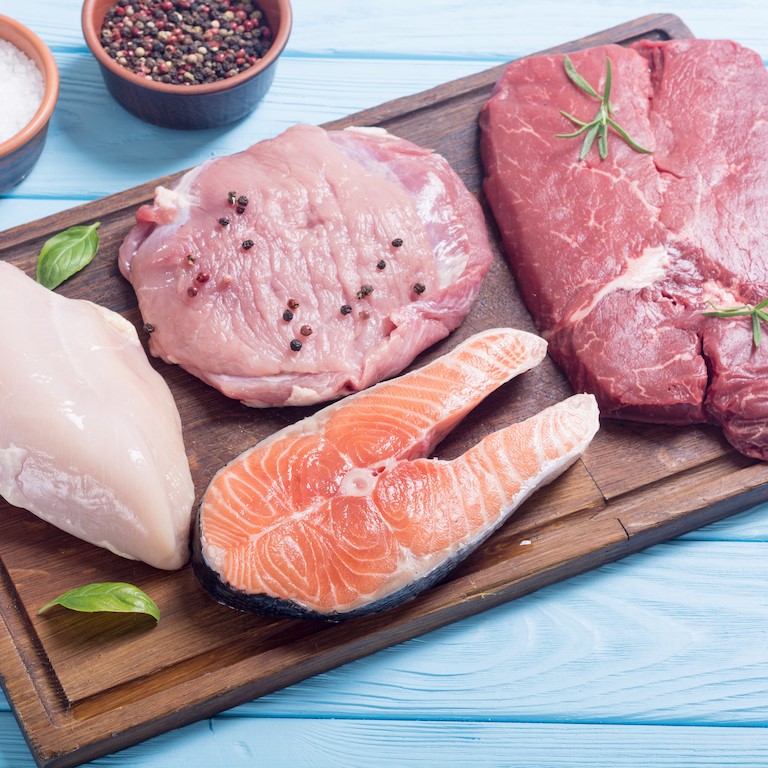
Meat
Fresh meats are naturally gluten-free, however avoid processed meat such as sausages or nuggets
Want more advice?

Alison is on to help you and offer advice on gluten-free living
Support your digestive health with a FREE health chat with registered Nutritional Therapist Alison. Book your FREE 15 minute Check-In by completing the form below, or call us on 01737 223499.
